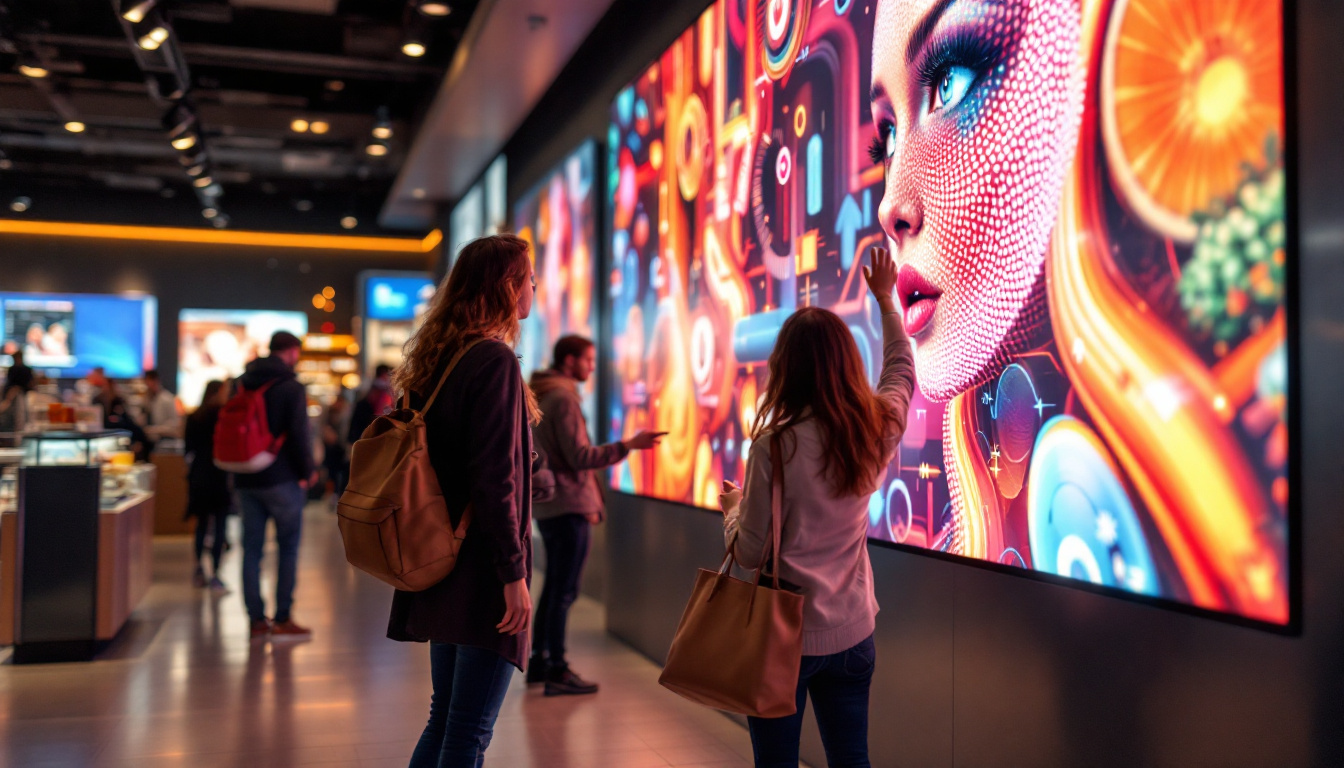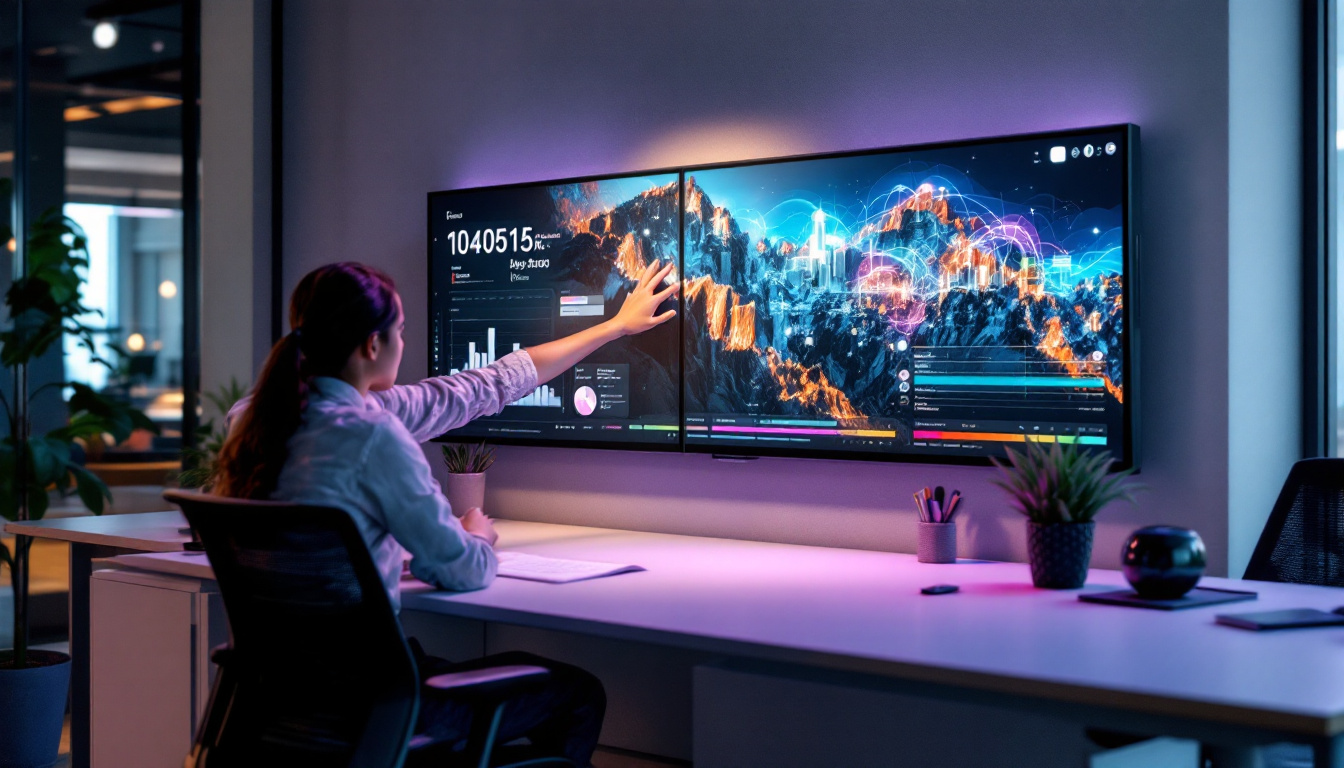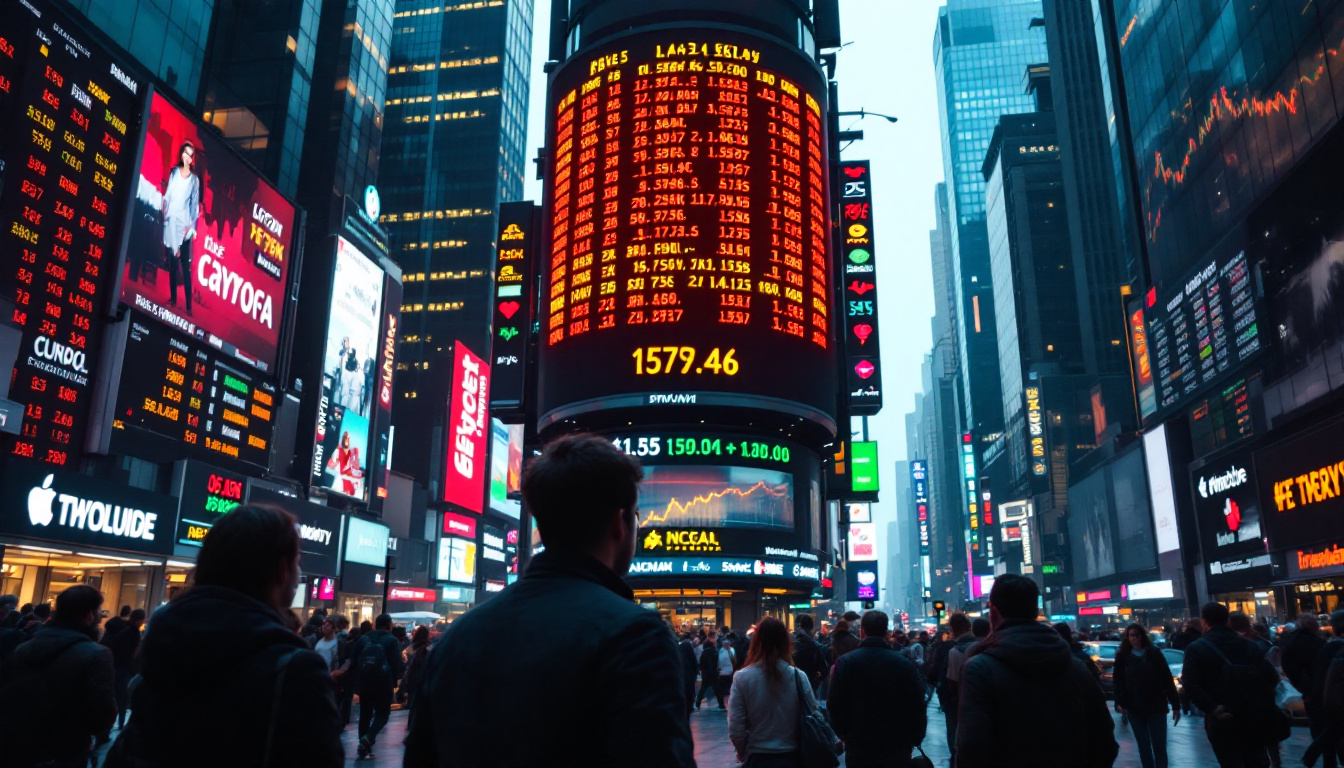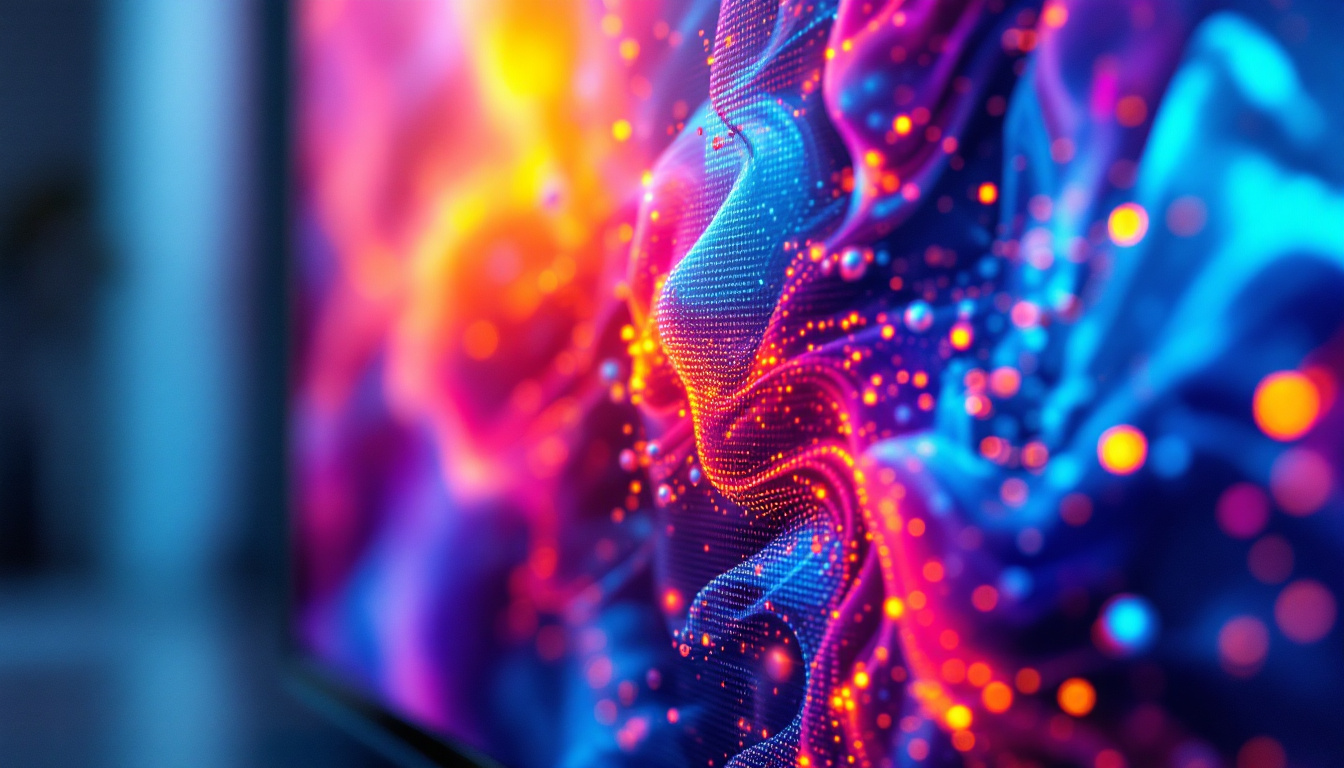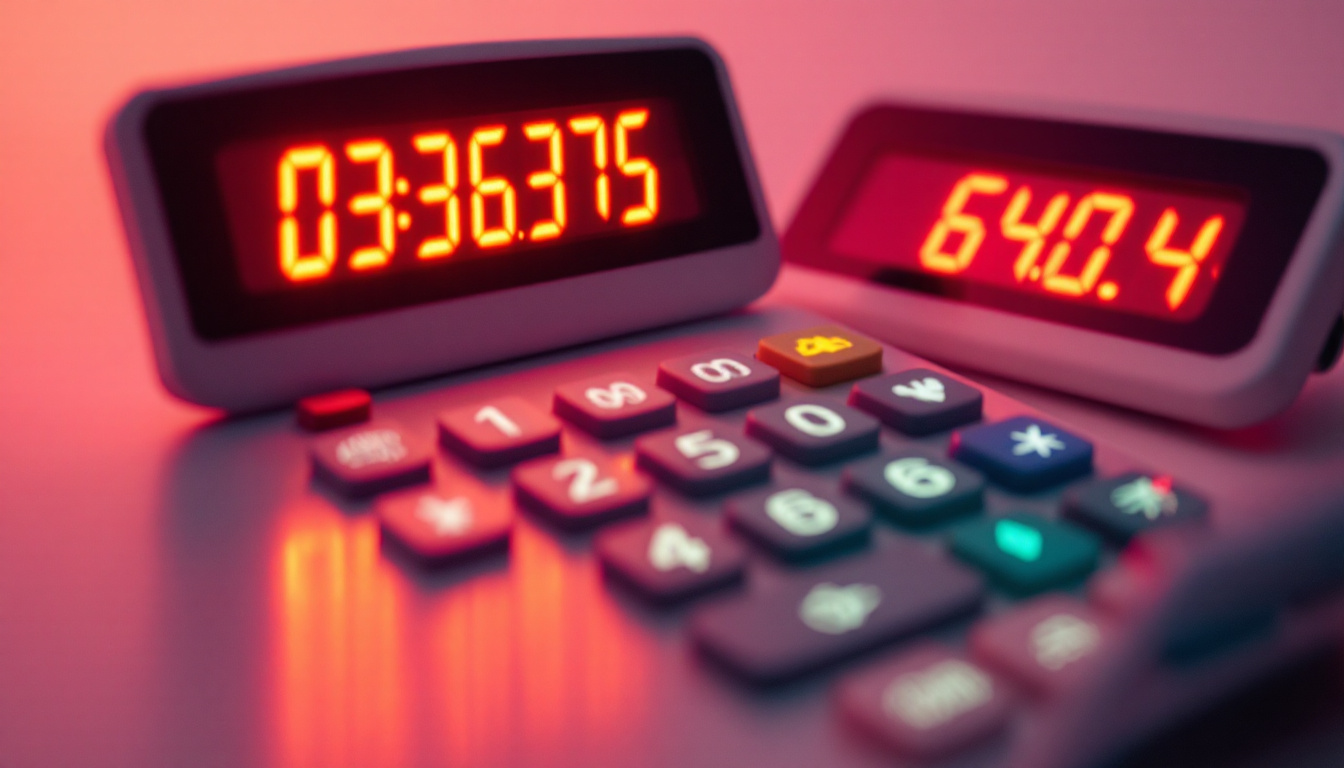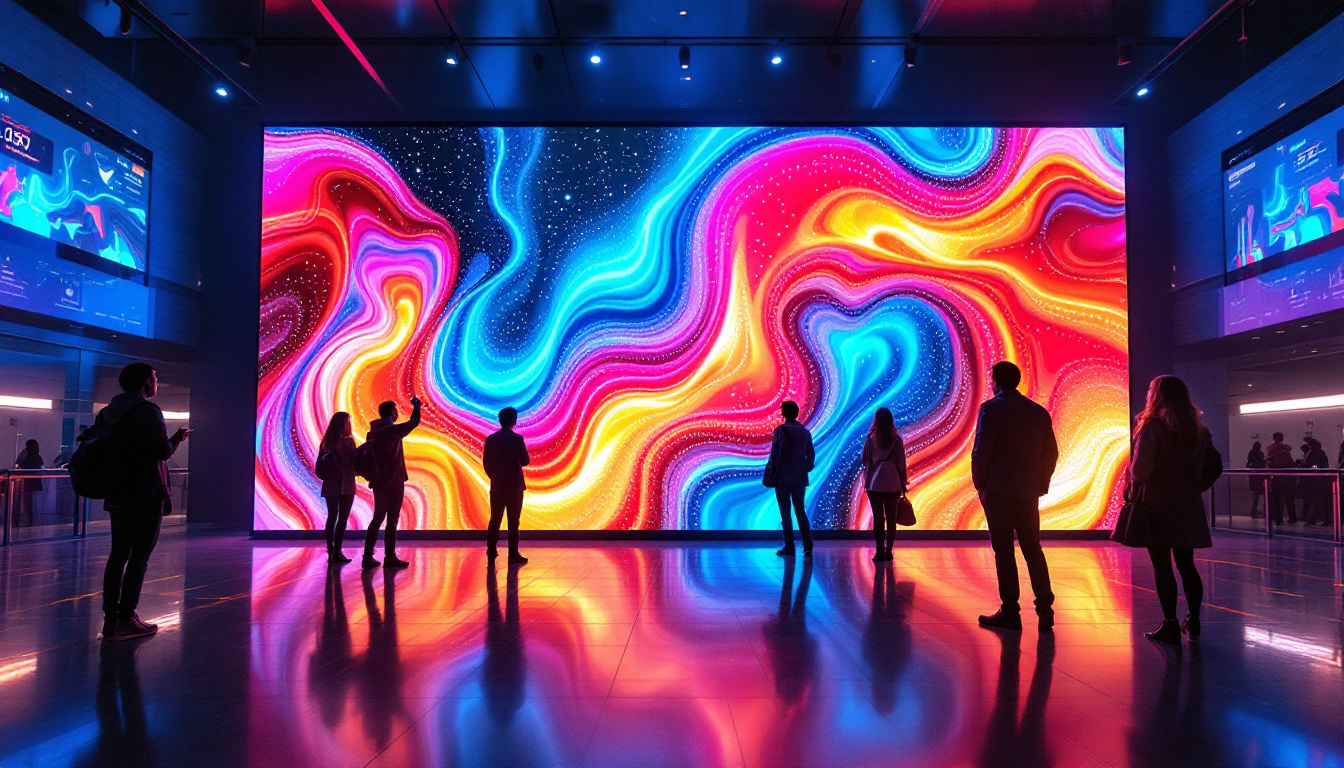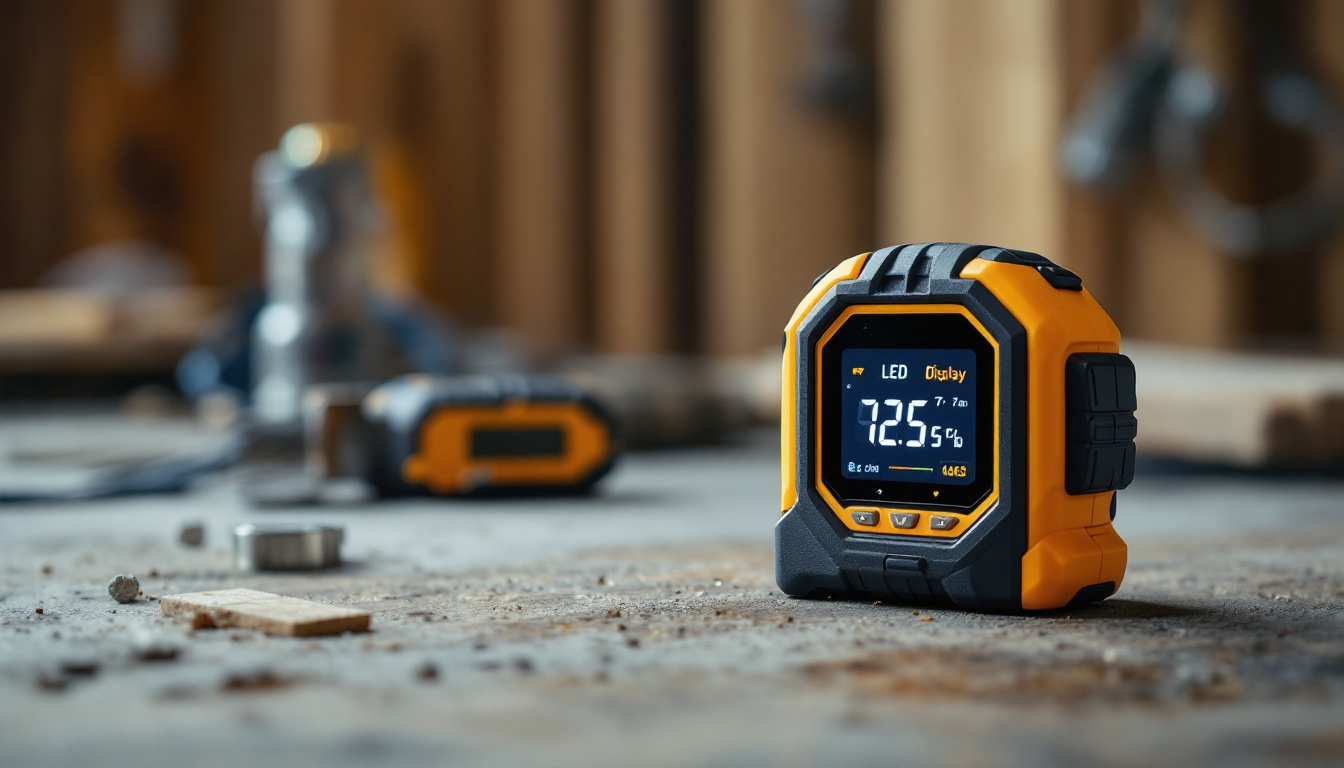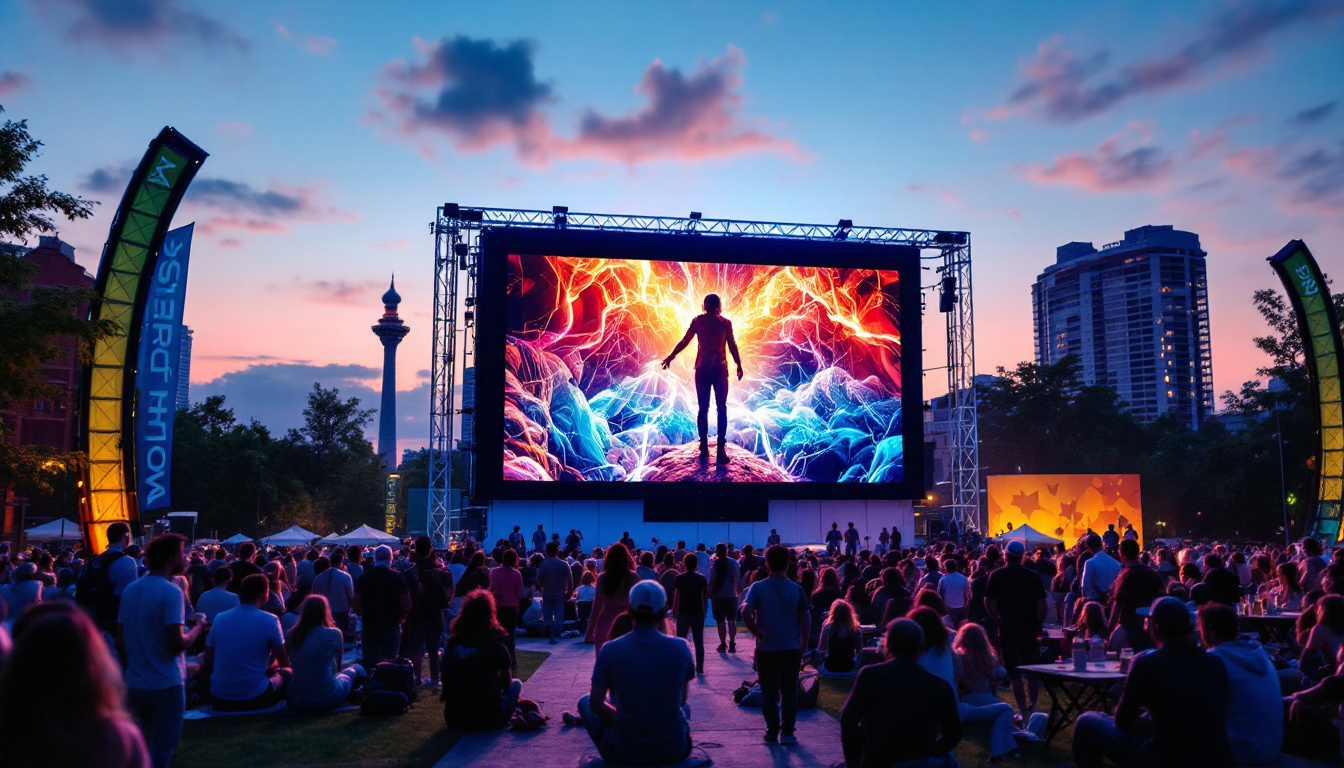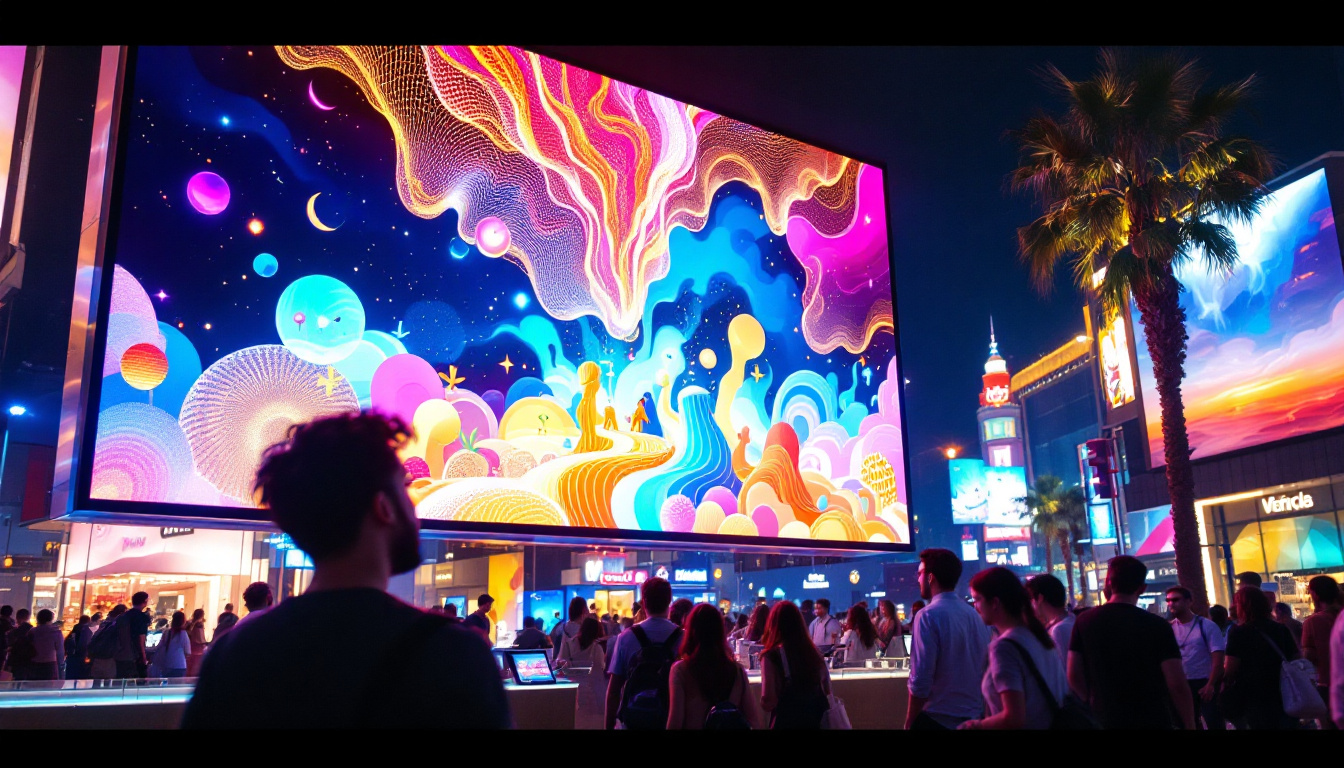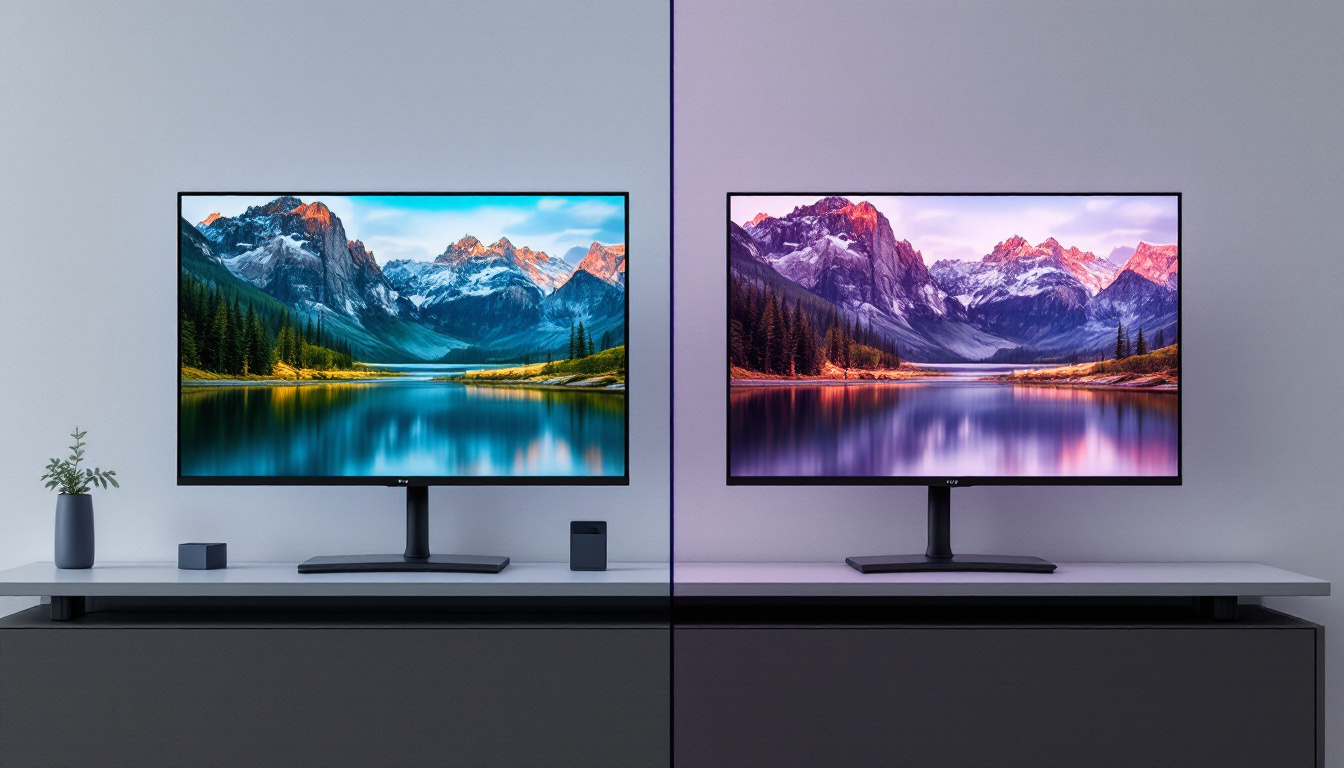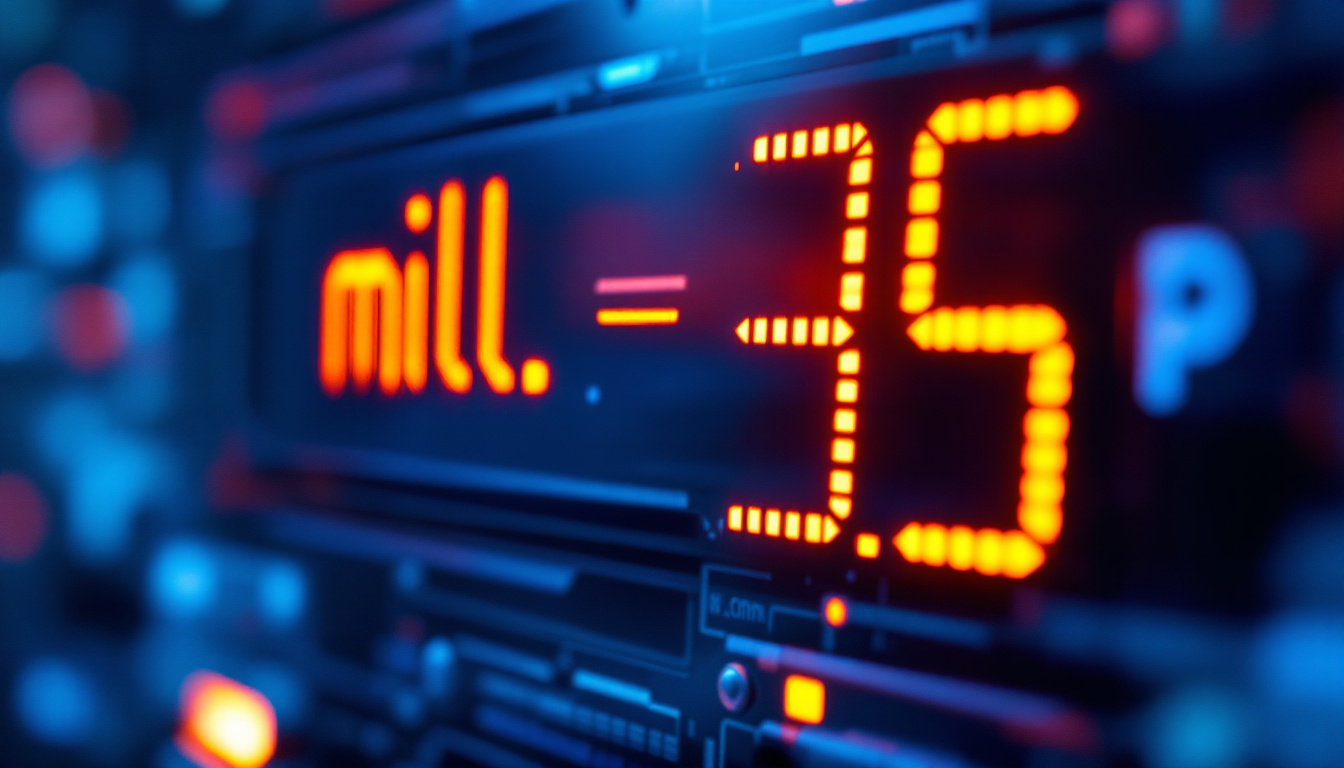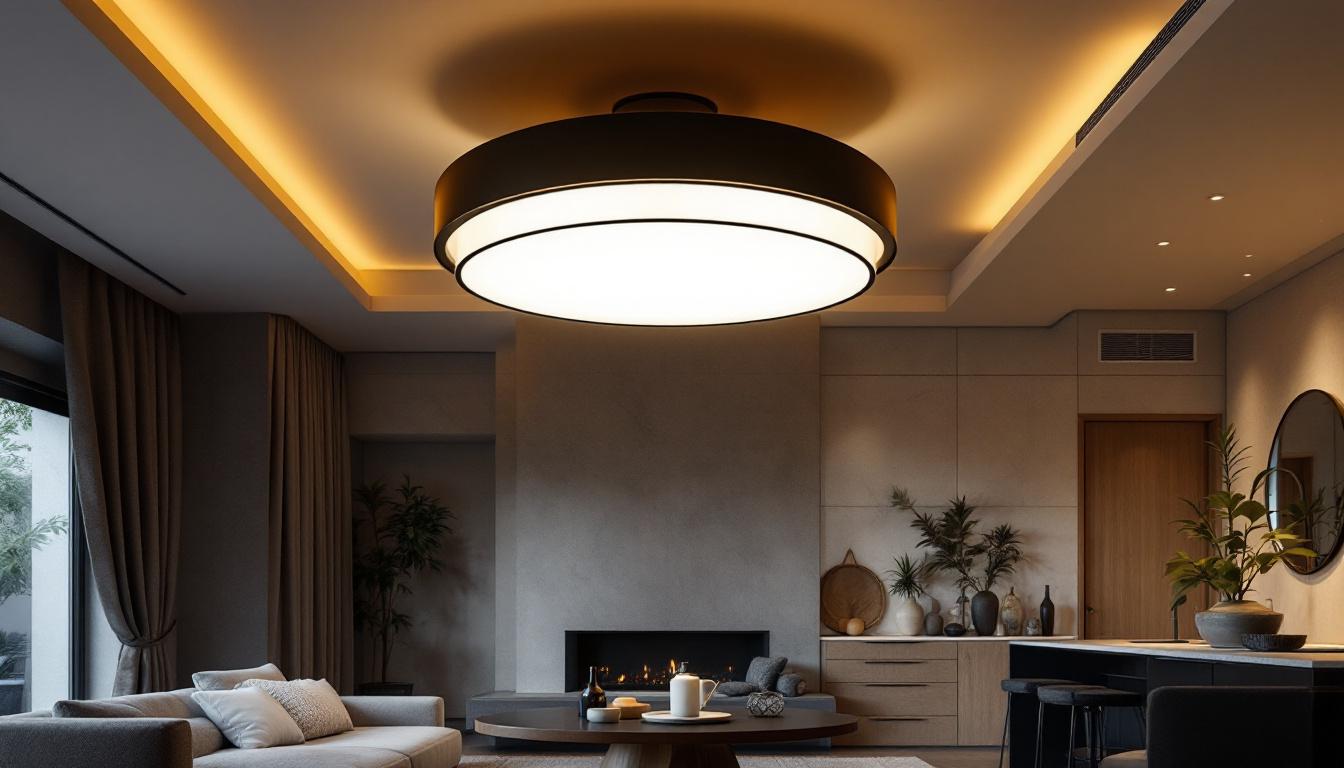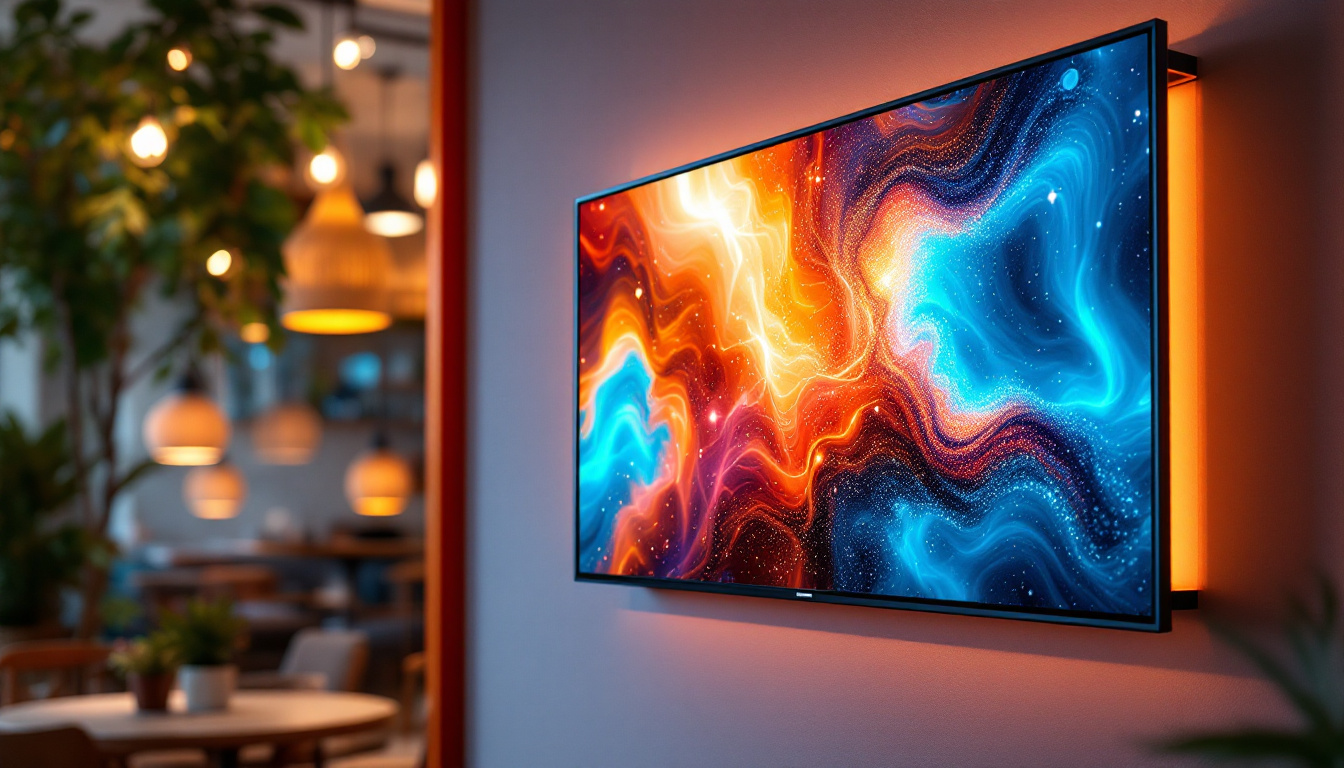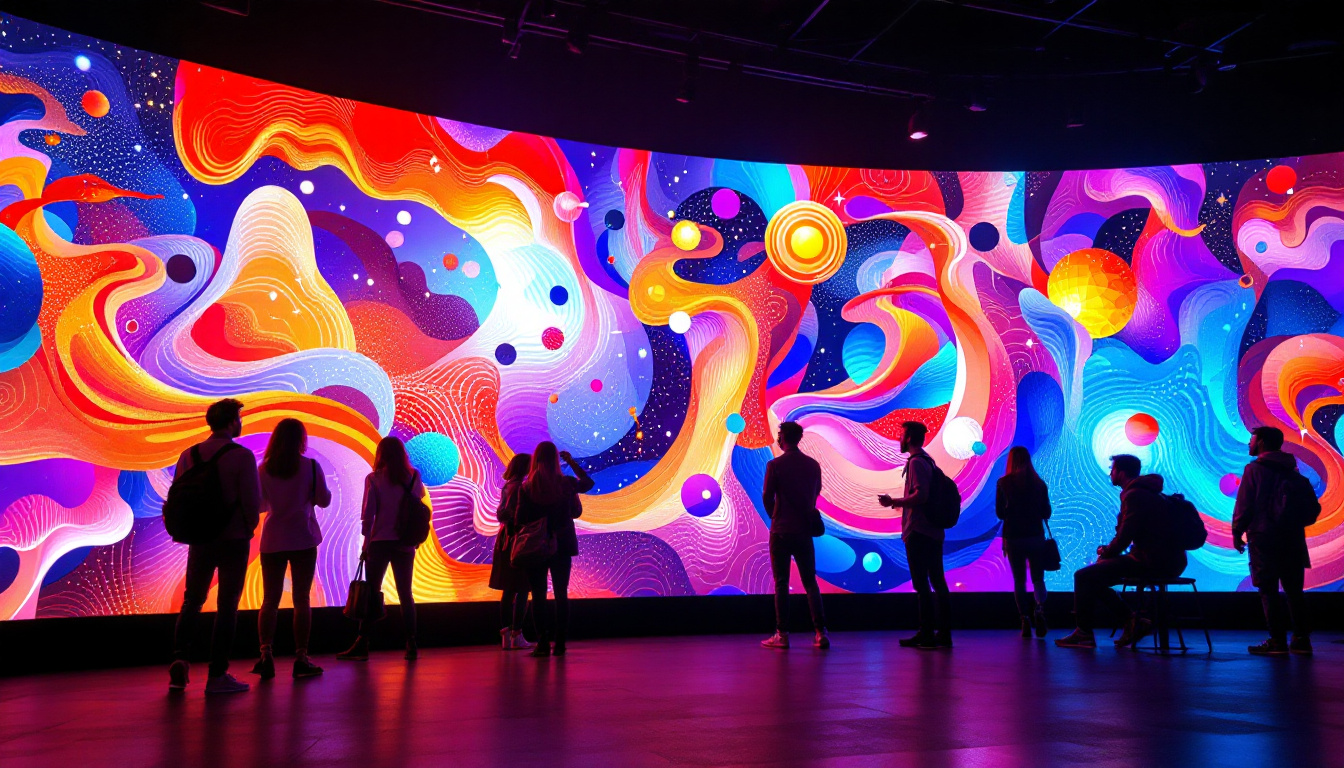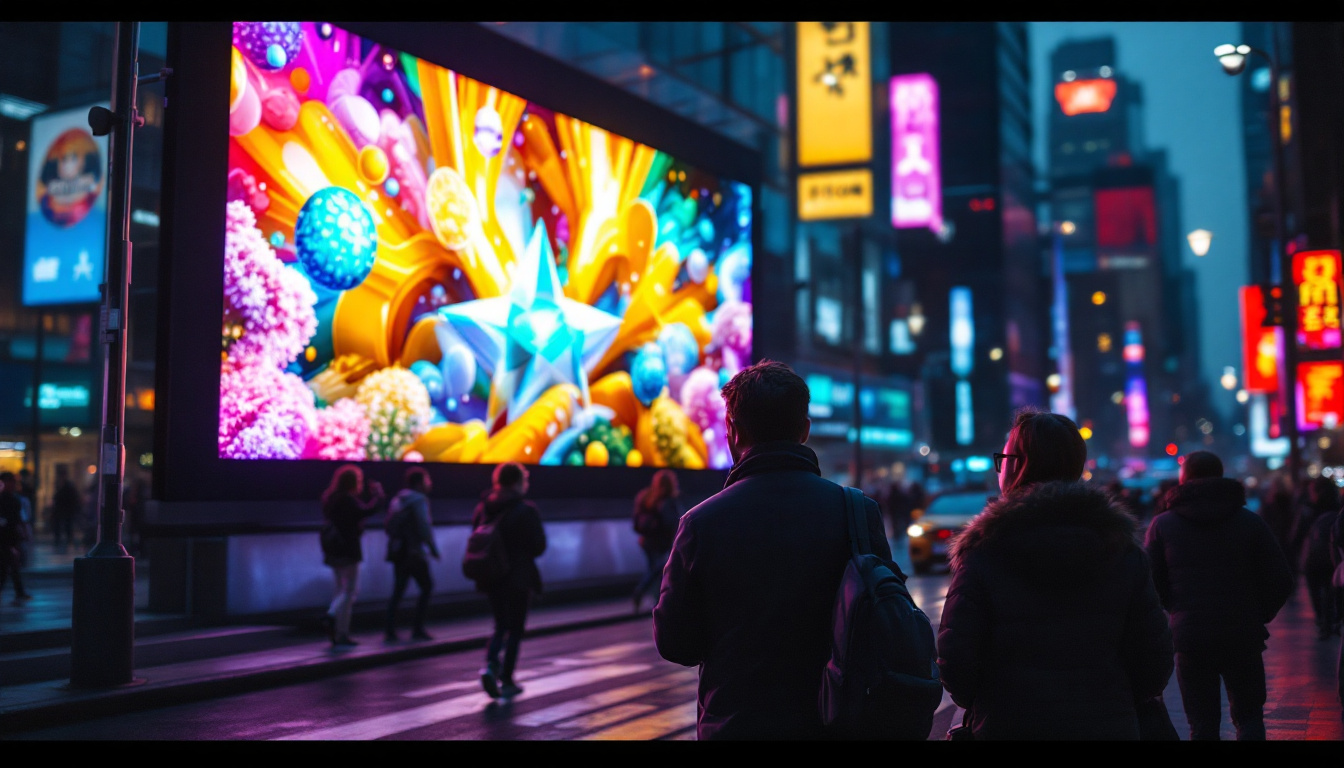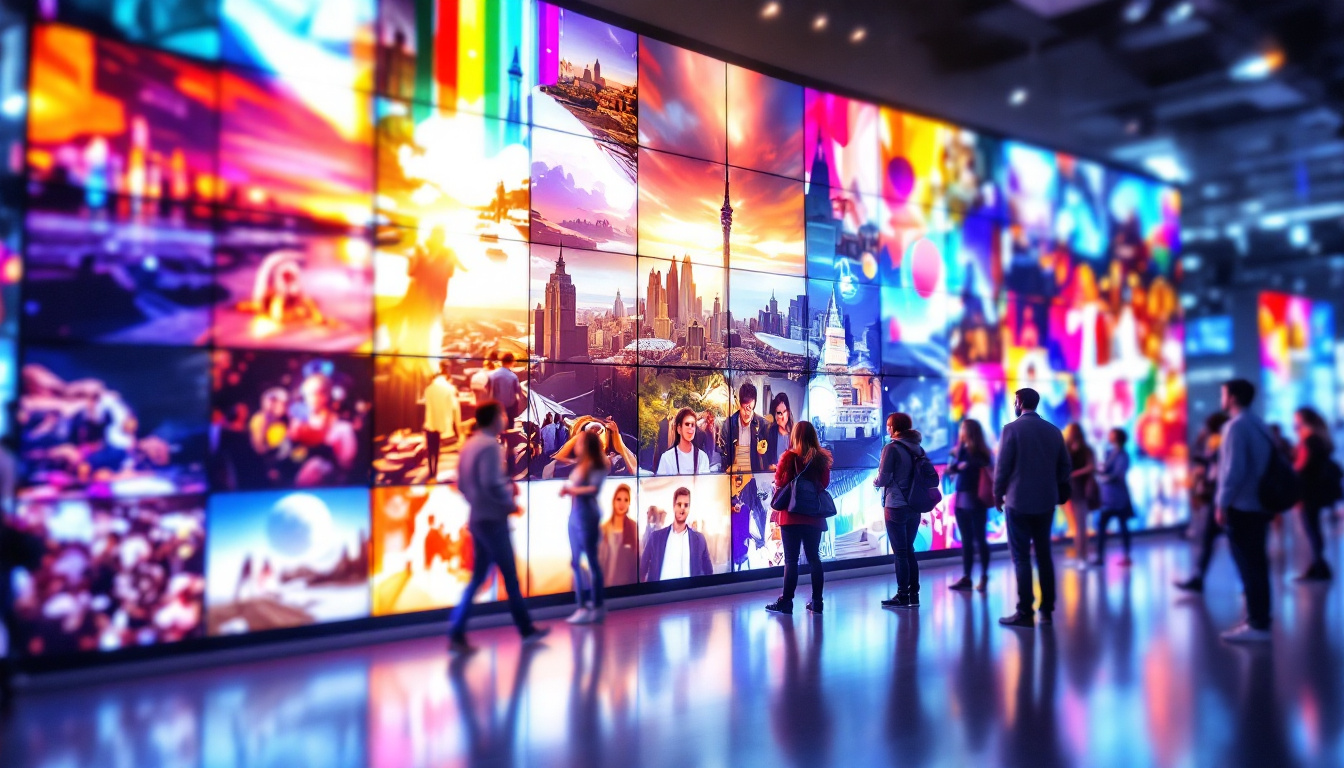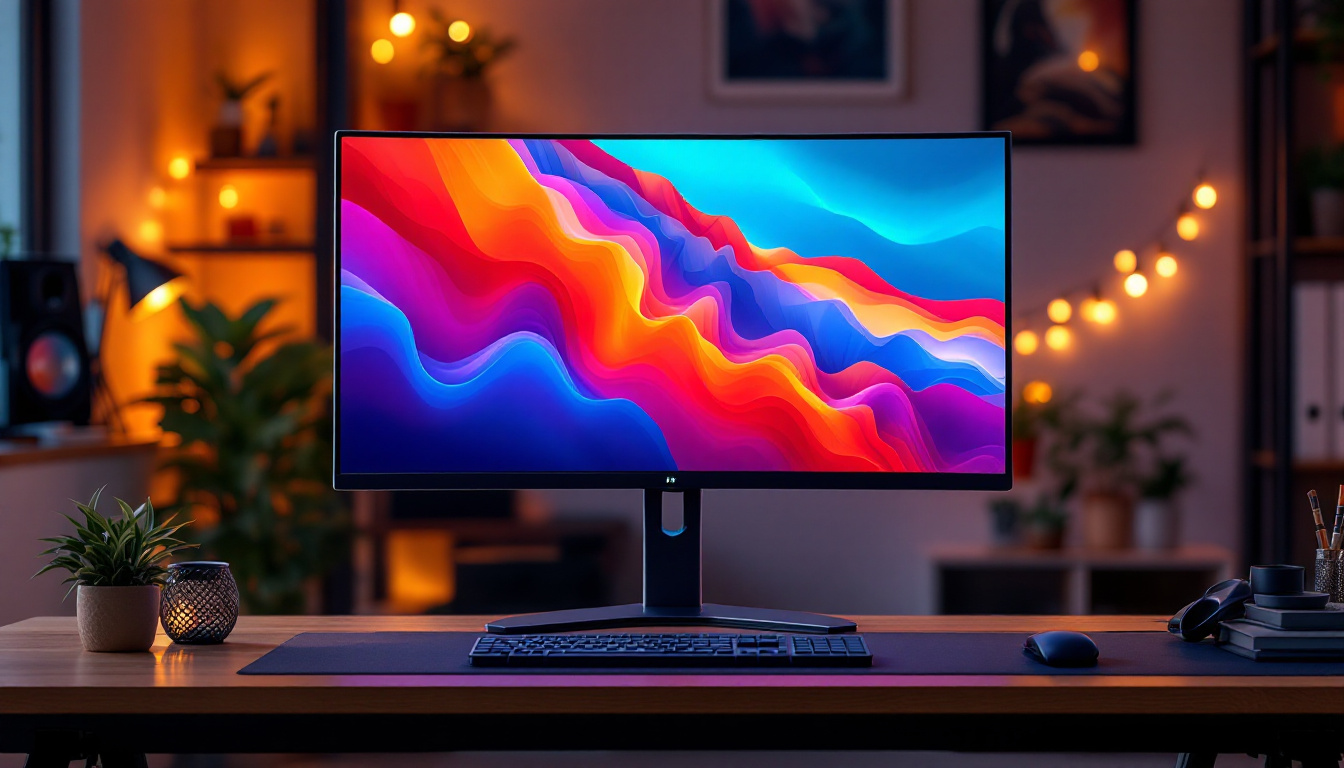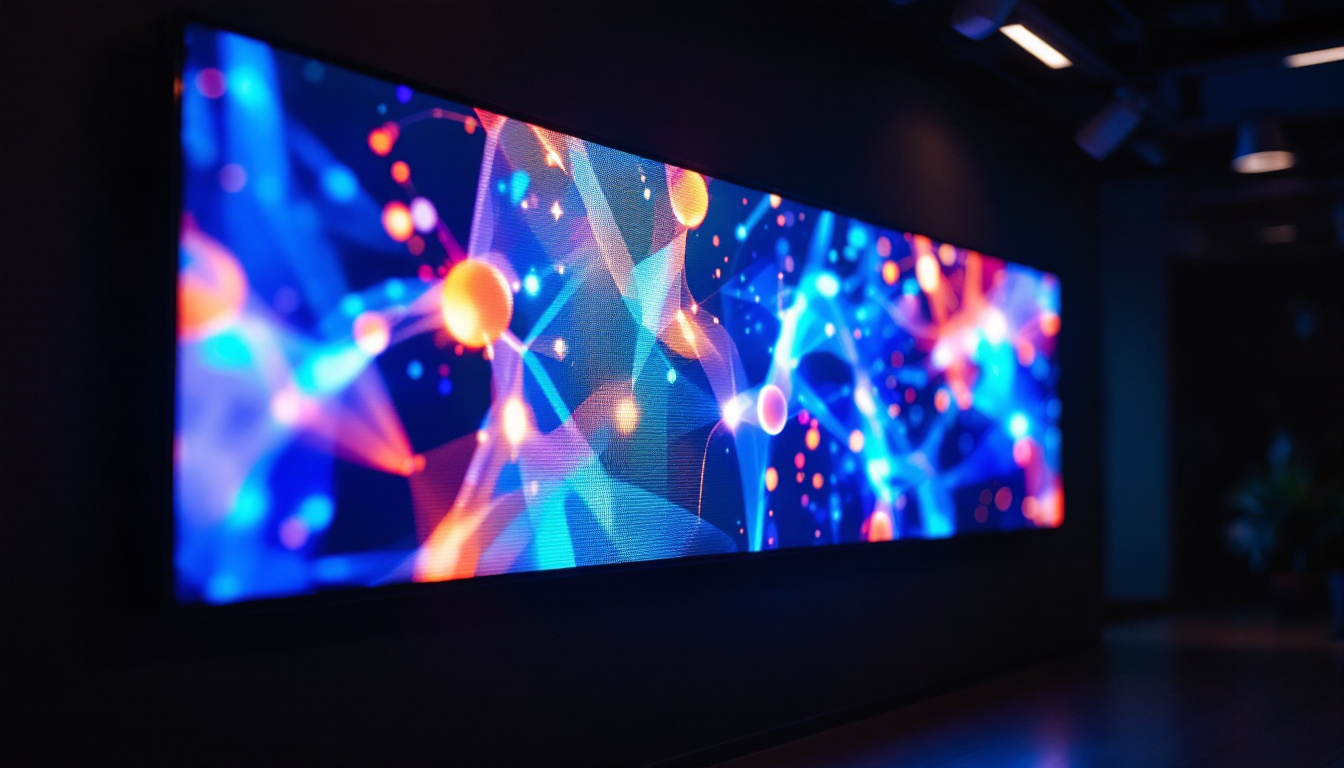Theater stage design has evolved dramatically over the past few decades, embracing new technologies that enhance storytelling and audience immersion. Among these innovations, LED displays have become a cornerstone of modern stagecraft. From dynamic backdrops to interactive set pieces, LED technology offers unparalleled versatility and visual impact. This article explores the role of LED displays in theater stage design, delving into their technical aspects, creative applications, and future potential.
Understanding LED Displays in Theater
What Is an LED Display?
LED, or Light Emitting Diode, displays consist of numerous tiny diodes that emit light when an electric current passes through them. These diodes are arranged in a grid to form a screen capable of displaying images, videos, and animations with vibrant colors and high brightness.
Unlike traditional projection systems, LED displays are self-illuminating, meaning they do not require external light sources. This attribute makes them ideal for theater environments where lighting control is crucial for setting moods and focusing attention. Additionally, LED displays offer a wider viewing angle and better visibility in brightly lit spaces, allowing audiences to enjoy a clear view of the performance from various seating positions. This versatility enhances the overall experience, ensuring that every member of the audience is engaged with the visual elements of the production.
Types of LED Displays Used in Theater
Theater productions typically utilize two main types of LED displays: LED panels and LED video walls. LED panels are modular units that can be combined to create large, seamless screens of various shapes and sizes. LED video walls, composed of these panels, serve as dynamic backdrops or interactive elements within a set. These video walls can be programmed to change in real-time, allowing for instant updates to the visual narrative, which can be particularly effective during scene transitions or dramatic moments.
Another emerging technology is flexible LED mesh screens, which can be curved or shaped to fit unique stage designs. These lightweight and transparent displays allow for creative layering effects, blending digital content with physical set pieces. By integrating these screens into the set design, directors and designers can create immersive environments that transport the audience into the world of the play. Furthermore, the ability to project different visuals on these screens can enhance storytelling, providing context and atmosphere that complements the live performances. As technology advances, the potential for innovative uses of LED displays in theater continues to expand, fostering new artistic expressions and audience experiences.
Technical Considerations for Theater LED Displays
Resolution and Pixel Pitch
Resolution is a critical factor in LED display quality, determined by the number of pixels per unit area. Pixel pitch, the distance between individual LED pixels, directly influences resolution and image clarity. For theater applications, a smaller pixel pitch (e.g., 2.5mm to 4mm) is preferred to ensure detailed visuals, especially when the audience is seated close to the stage.
However, smaller pixel pitches come at a higher cost and require more processing power. Designers must balance resolution needs with budget constraints and the specific viewing distance of the theater. This consideration is particularly important in larger venues, where the distance from the screen to the audience can vary significantly. In such cases, a careful analysis of sightlines and audience positioning can help determine the optimal pixel pitch, ensuring that every seat in the house enjoys a crisp and immersive visual experience.
Brightness and Contrast
The brightness of an LED display is measured in nits, with typical theater LED screens ranging from 800 to 1500 nits. High brightness is essential to counteract ambient stage lighting and ensure images remain vivid and visible from all seating areas.
Contrast ratio, the difference between the darkest black and the brightest white the display can produce, also plays a significant role. LED displays generally offer superior contrast compared to projection systems, enhancing the depth and realism of visual content. This capability is particularly advantageous during dynamic performances where lighting conditions can fluctuate dramatically. The ability to maintain image integrity in such scenarios allows for a more engaging and captivating audience experience, as the visuals can seamlessly adapt to the mood and tone of the performance without losing clarity.
Color Accuracy and Calibration
Color fidelity is paramount in theater to maintain the director’s artistic vision and ensure consistency across scenes. LED displays are capable of producing a wide color gamut, but they require careful calibration to match the lighting design and other stage elements.
Advanced calibration tools and software allow technicians to fine-tune color balance, brightness, and gamma settings, ensuring seamless integration with physical props and costumes. Additionally, the use of color management systems can facilitate real-time adjustments during performances, accommodating any changes in lighting or set design. This flexibility not only enhances the visual storytelling but also helps in achieving a cohesive aesthetic that resonates with the audience, making every scene more impactful and memorable.
Durability and Maintenance
Theater environments demand robust and reliable equipment due to frequent setup, teardown, and transportation. LED panels designed for stage use are built to withstand physical stress and offer easy maintenance options, such as front-access modules for quick repairs.
Additionally, LED displays must be compatible with stage rigging systems and comply with safety regulations to prevent accidents during performances. The durability of these displays is further enhanced by protective coatings that guard against dust, moisture, and other environmental factors that can affect performance. Regular maintenance schedules, including cleaning and software updates, are crucial to ensure that the displays function optimally throughout the production run. This proactive approach not only extends the lifespan of the equipment but also guarantees that the visual quality remains consistent, allowing the creative team to focus on delivering an exceptional theatrical experience without technical interruptions.
Creative Applications of LED Displays in Theater
Dynamic Backdrops and Scenic Environments
LED displays transform static stage backdrops into dynamic, visually rich environments. Productions can simulate changing locations, weather conditions, or time of day without physically altering the set. For example, a single LED video wall can shift from a bustling cityscape to a serene forest within seconds, enhancing narrative flow and audience engagement.
Broadway shows like “The Lion King” and “Dear Evan Hansen” have successfully integrated LED backdrops to create immersive worlds that captivate audiences and support storytelling.
Interactive and Immersive Set Pieces
Beyond backdrops, LED technology enables interactive set pieces that respond to actors’ movements or cues. Motion sensors and real-time content control allow for synchronized lighting effects, animations, and visual storytelling elements that react dynamically during performances.
This interactivity fosters a deeper connection between performers and the audience, creating a more engaging and memorable theatrical experience.
Augmenting Lighting and Special Effects
LED displays complement traditional stage lighting by providing controlled illumination and visual effects that can be precisely timed and programmed. For instance, LED screens can simulate fire, water, or abstract patterns, enhancing the atmosphere without the hazards or limitations of physical effects.
Moreover, LED technology reduces the need for excessive physical props, streamlining set changes and reducing production costs.
Integrating LED Displays with Theater Production Workflow
Content Creation and Management
Effective use of LED displays requires high-quality digital content tailored to the production’s artistic goals. Content creators collaborate closely with directors, lighting designers, and set designers to develop visuals that complement the narrative and stage aesthetics.
Specialized software tools facilitate content playback, real-time adjustments, and synchronization with other stage elements. These tools enable seamless transitions and precise timing, critical for live performances.
Technical Crew and Operation
Operating LED displays in theater demands skilled technicians familiar with video processing, networking, and stage technology. The technical crew manages calibration, troubleshooting, and real-time control during shows, ensuring flawless performance.
Training and rehearsals are essential to integrate LED display operation smoothly into the production workflow, minimizing risks of technical disruptions during live performances.
Cost Implications and Budgeting
While LED displays offer significant creative advantages, they represent a substantial investment. Costs include hardware acquisition, installation, content production, and ongoing maintenance.
Producers must weigh these expenses against the potential for enhanced audience engagement, extended show runs, and marketing appeal. Leasing options and modular setups can provide flexible solutions for productions with limited budgets.
The Future of LED Displays in Theater Stage Design
Advancements in LED Technology
Continuous improvements in LED technology promise even greater possibilities for theater. Innovations such as microLED and miniLED offer higher resolution, improved energy efficiency, and thinner, lighter panels.
These advancements will enable more intricate and immersive stage designs, pushing the boundaries of visual storytelling.
Integration with Augmented Reality (AR) and Virtual Reality (VR)
The convergence of LED displays with AR and VR technologies is poised to revolutionize theater experiences. Combining physical sets with digital overlays and immersive environments can create hybrid performances that blur the line between reality and virtuality.
Such integrations will open new creative avenues, attracting diverse audiences and expanding the scope of theatrical expression.
Sustainability and Eco-Friendly Practices
As environmental concerns grow, theaters are adopting sustainable practices in stage design. LED displays are inherently energy-efficient compared to traditional lighting and projection systems, contributing to greener productions.
Future developments will likely focus on recyclable materials, reduced power consumption, and longer lifespan components, aligning theater technology with global sustainability goals.
Conclusion
LED displays have transformed theater stage design, offering unprecedented flexibility, visual richness, and interactivity. By understanding their technical characteristics and creative potential, theater professionals can harness LED technology to elevate storytelling and audience engagement.
As LED innovations continue to evolve, they will remain integral to the future of live performance, enabling productions to captivate audiences with ever more immersive and dynamic experiences.
Discover LumenMatrix’s Innovative LED Solutions
Ready to take your theater stage design to the next level? Explore LumenMatrix’s array of cutting-edge LED display modules, designed to bring your creative vision to life. Whether you’re looking for Indoor LED Wall Displays, Custom LED Solutions, or the mesmerizing effects of a Transparent LED Display, LumenMatrix has the technology to transform your space and captivate your audience. Check out LumenMatrix LED Display Solutions today and join the revolution in visual storytelling.


